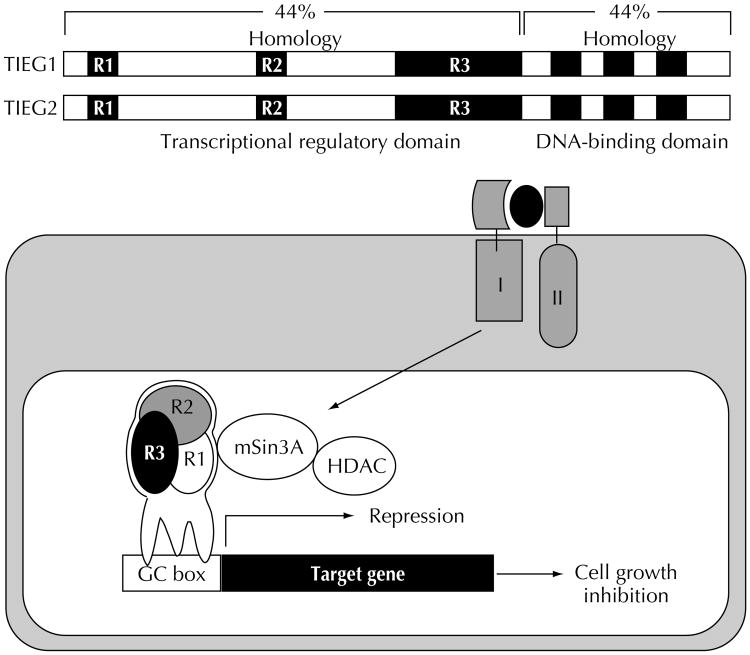Figure 2. Schematic representation of transforming growth factor-β (TGF-β)-inducible early response gene (TIEG) structure and function.
TIEG1 and TIEG2 share a structural homology of 44% within the proline-rich transcription domain (N terminus) and a 91% similarity within the three Sp1-like zinc finger motifs of the C-terminal domain, which is responsible for DNA binding. Biochemical analysis of the transcription domain revealed the presence of three highly conserved domains that behave as potent transcriptional repression domains (R1, R2, and R3). TGFβ signaling rapidly induces TIEG1 and TIEG2 expression in exocrine pancreatic cells. TIEGs then regulate the transcription of their target genes through recruiting the Sin3A corepressor complex, which contains histone deacetylase activity.

